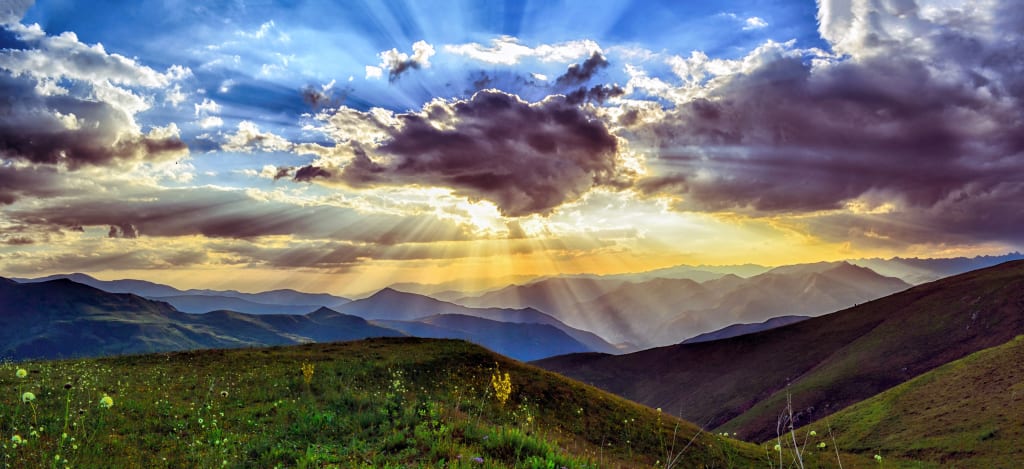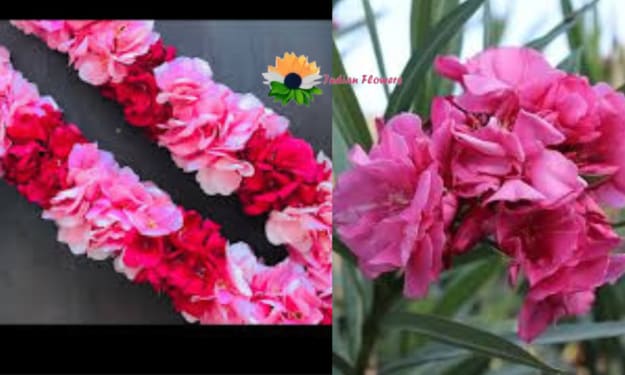Nature's Pulse: Top Trends Shaping Our Relationship with the Wild
Top Trends Shaping Our Relationship with the Wild

The natural world is constantly evolving, but our connection with it is shifting too. Here's a look at some of the hottest trends influencing how we interact with and protect nature:
1. Citizen Science: Democratizing Discovery
Citizen science has exploded in popularity. Everyday people are now actively contributing to scientific research by collecting data on everything from bird populations to water quality. Platforms like iNaturalist and eBird allow anyone to log their observations, creating a massive, real-time dataset for scientists. This empowers communities to monitor their local ecosystems and inform conservation efforts.
2. Redefining “Wild”: Urban Nature Takes Center Stage
The focus on nature conservation isn't limited to remote wildernesses anymore. Urban ecology is a growing field, recognizing the value of green spaces within cities. Initiatives like creating "pollinator pathways" for butterflies and bees or rewilding abandoned lots are becoming prevalent. Urban residents are increasingly advocating for parks, rooftop gardens, and green corridors, fostering biodiversity and improving well-being.
3. Nature-Based Solutions: Harnessing the Power of Ecosystems
Nature can be part of the solution to global challenges. “Nature-based solutions” (NbS) are gaining traction. These strategies use natural systems to address problems like climate change, flooding, and water scarcity. For instance, planting mangroves can protect coastlines from rising sea levels, while restoring wetlands can naturally filter water.
4. Re-wilding: Bringing Back Lost Landscapes
The concept of re-wilding is gaining momentum. It involves restoring degraded ecosystems and reintroducing native species that were once lost. This isn't just about nostalgia; re-wilding can improve biodiversity, carbon capture, and create natural buffers against climate change impacts. Projects like restoring Yellowstone's wolf population or reintroducing beavers to Scotland demonstrate the potential benefits of this approach.
5. Tech Meets Nature: Innovative Tools for Conservation
Technology is becoming an invaluable tool for conservation. Drones are used to monitor wildlife populations, analyze deforestation rates, and even plant seeds in hard-to-reach areas. Advanced DNA analysis helps track endangered species and identify illegal wildlife trafficking. Camera traps with AI-powered image recognition can monitor animal activity remotely, offering valuable data without disturbing wildlife.
6. Indigenous Knowledge: Learning from the Wisdom of the Land
The importance of acknowledging and integrating Indigenous knowledge in conservation efforts is a growing trend. Indigenous communities around the world have long-held traditions of sustainable land management practices. Learning from their deep understanding of the natural world can inform conservation strategies and improve their effectiveness.
7. Biodiversity & Food Security: Rethinking Our Plates
The link between biodiversity and food security is gaining recognition. A diverse agricultural system with a wider variety of crops and livestock breeds is more resilient to pests, diseases, and climate change. Consumers are increasingly interested in local, sustainable food production practices that promote biodiversity.
8. Immersive Experiences: Reconnecting Through Virtual Nature
While nothing can replace the experience of being in nature, virtual reality (VR) and augmented reality (AR) are offering fascinating ways to connect with the natural world. VR experiences can transport users to far-flung ecosystems, introducing them to endangered species or breathtaking landscapes. AR apps can overlay information onto real-life environments, helping people identify plants and animals around them.
9. Mental Health & Nature: The Green Prescription
The link between spending time in nature and improved mental well-being is increasingly documented. “Forest bathing” practices from Japan are gaining popularity, encouraging people to connect with nature through mindful walks and sensory experiences. This trend highlights the importance of readily accessible green spaces for urban populations.
10. The Power of Storytelling: Engaging Through Narrative
Environmental storytelling is a powerful tool for fostering connection and inspiring action. Films, documentaries, and compelling narratives about nature and conservation efforts are captivating audiences and raising awareness of pressing issues. These stories showcase the beauty and fragility of the natural world, motivating people to become stewards of the environment.
The future of our relationship with nature is being shaped by a multitude of trends. From citizen science democratizing discovery to the power of storytelling, there's a growing recognition of nature's importance. By embracing innovative approaches and recognizing the wisdom of the past, we can foster a more sustainable and harmonious future for ourselves and the planet
About the Creator
Enjoyed the story? Support the Creator.
Subscribe for free to receive all their stories in your feed. You could also pledge your support or give them a one-off tip, letting them know you appreciate their work.
Reader insights
Nice work
Very well written. Keep up the good work!
Top insights
Compelling and original writing
Creative use of language & vocab
Easy to read and follow
Well-structured & engaging content
Expert insights and opinions
Arguments were carefully researched and presented
Eye opening
Niche topic & fresh perspectives





Comments (1)
Amazing 🤩🤩 story